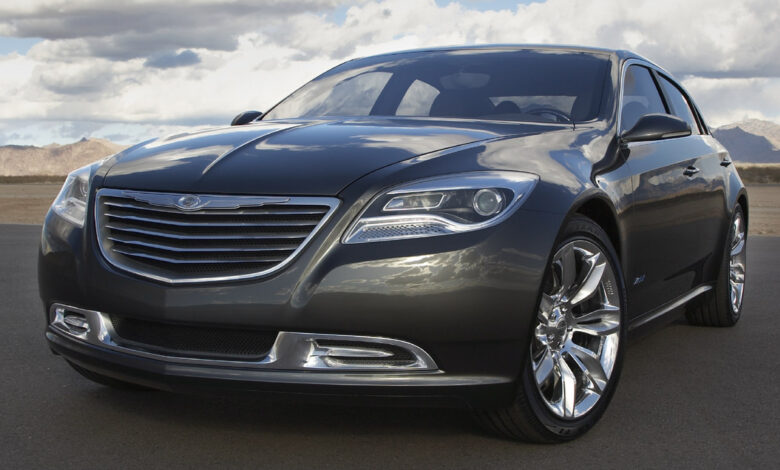
With the Chrysler brand moving towards a fully-electrified lineup by 2028, there are still a number of our readers who feel underwhelmed by the design of the all-new Chrysler Airflow Concept. The Airflow Concept is destined for production for the 2025 model year but is it enough to really catch the attention of potential customers who haven’t considered the Chrysler brand in recent years?
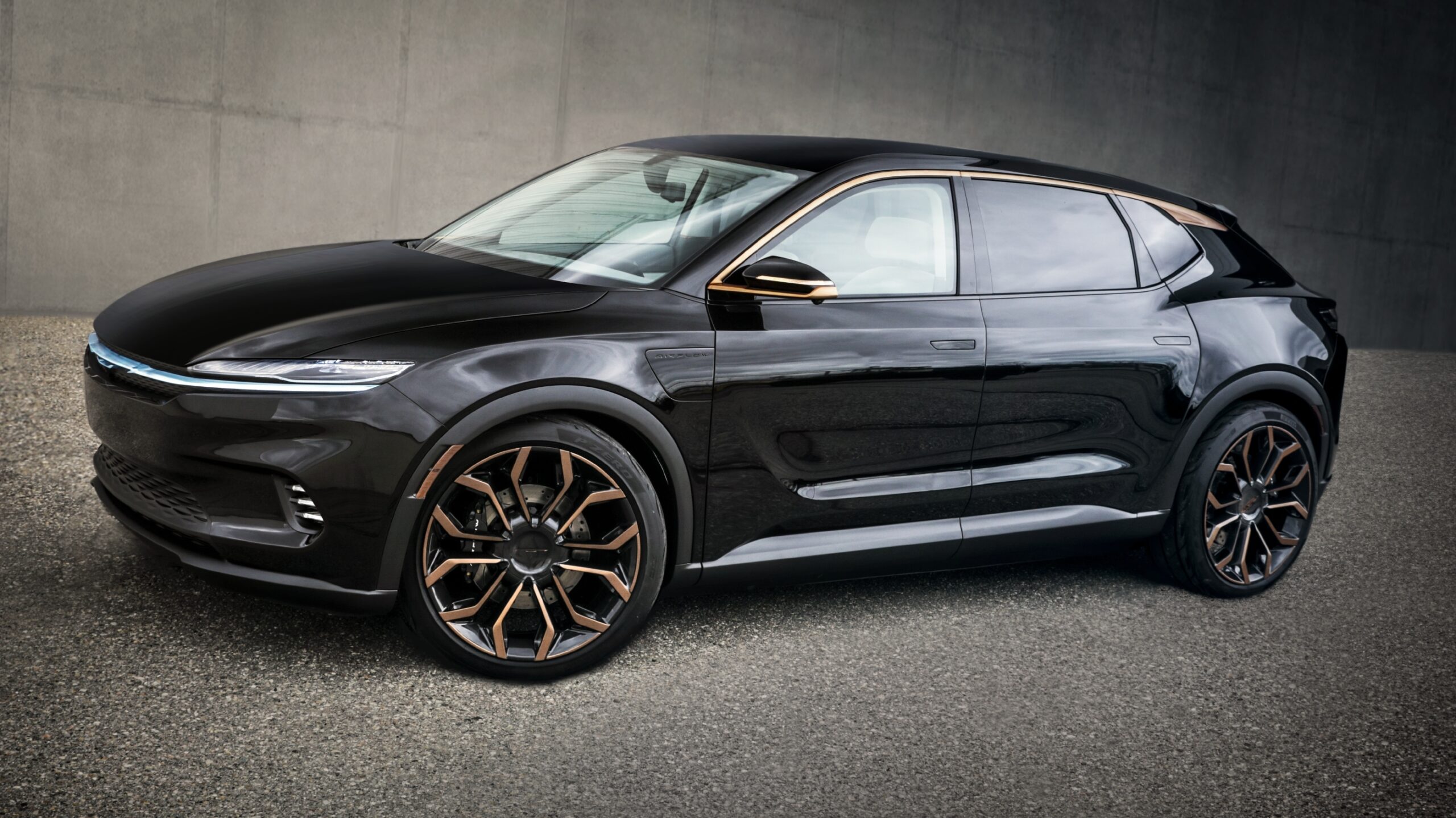
With the Chrysler 300 Series rumored to be coming to an end after 2023, another Chrysler sedan might not be in the cards. So, we thought we would take a look back at one vehicle that was ahead of its time and could have changed the brand for the better a decade ago, however it wasn’t produced – the Chrysler 200C EV.
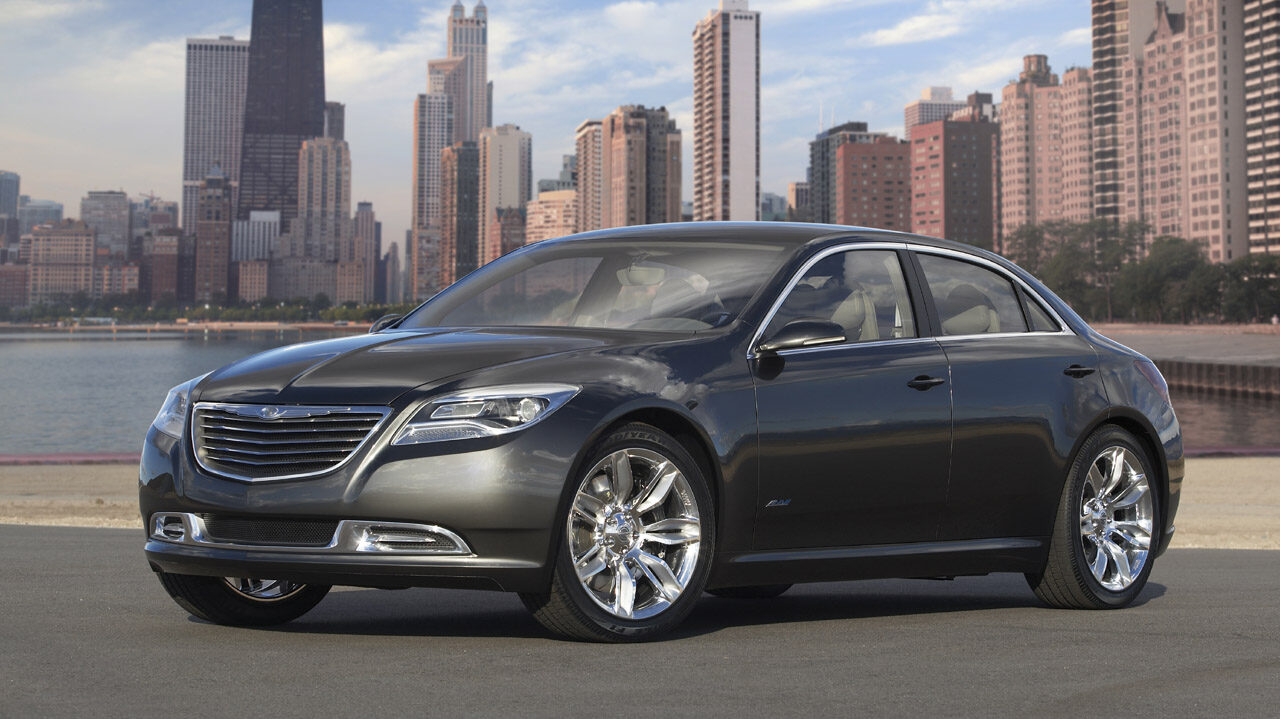
The 2009 Chrysler 200C EV Concept was part of Chrysler LLC’s ENVI (short for “environmental”) program. ENVI was a development program for a portfolio of electrified and range-extended vehicles, none of which, made it into mass production for the standard consumer.
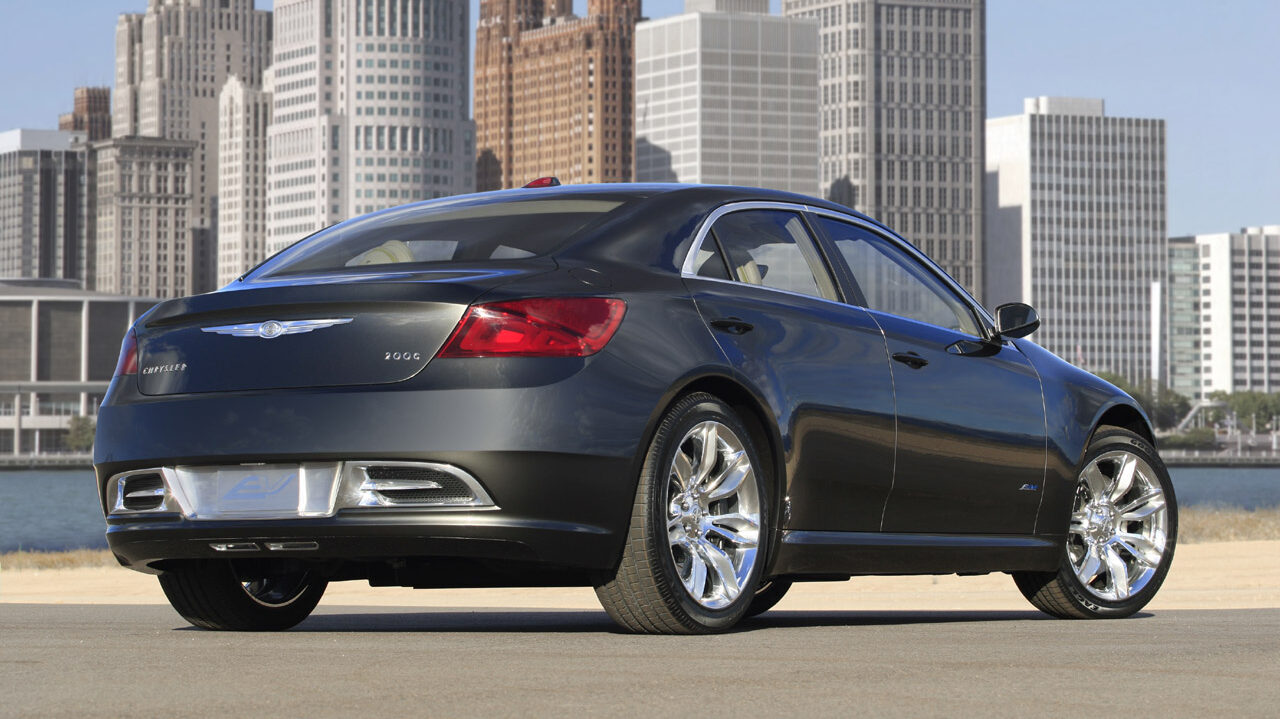
The Chrysler 200C EV Concept was created using organic forms and language from the brand’s historic lineup of sedans, including the current generation Chrysler 300 Series. The result was a very modern sedan that still holds up today, appealing to both luxury and the sports sedan segments.
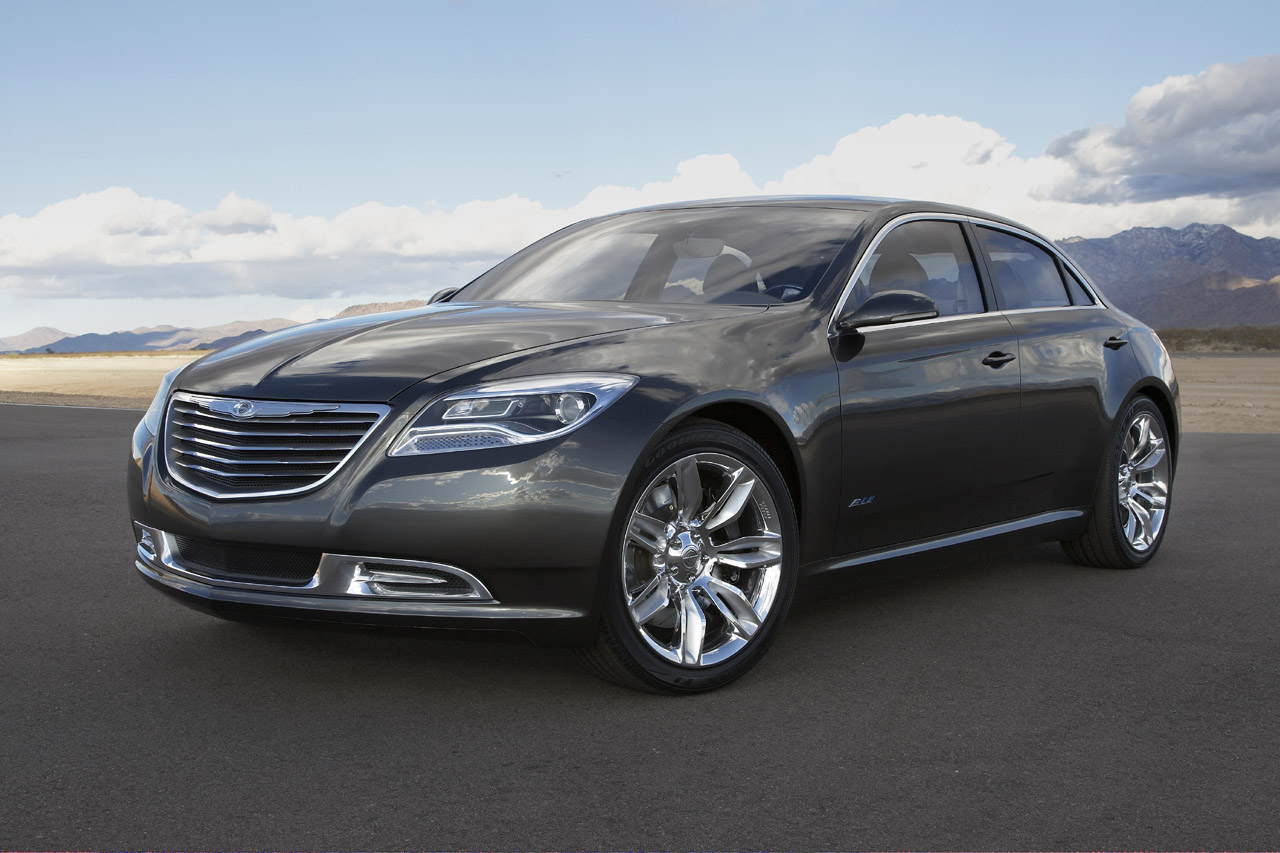
Efficiency was a key element in the design of the Chrysler 200C EV, as its swept-back front end contributes to the vehicle’s aerodynamics. The front fascia featured a new interpretation of the winged Chrysler badge that didn’t make it to production (sound familiar, Chrysler Airflow Concept?), and its distinct grille continued to shape and evolve Chrysler’s brand identity. The encompassed grille bars within the front fascia reinforced the sinuous elegance of the 200C EV Concept with its assertive shape and precise execution.

The headlamps and taillamps were treated as dramatic sculptural elements on the car and reinforced the organic form and function carried throughout the design theme. Their placement on the far corners of the vehicle helped to visually reduce the front and rear overhangs and contribute to the car’s efficient appearance. The lower frontal fog lights and rear backup lights were seamlessly integrated onto the surrounding fascia and were minimized in scale through the use of LED technology, something we have grown accustomed to in recent years. Graphic cues, such as the use of a dissipating dot matrix, were utilized throughout the vehicle as both functional and visual elements.
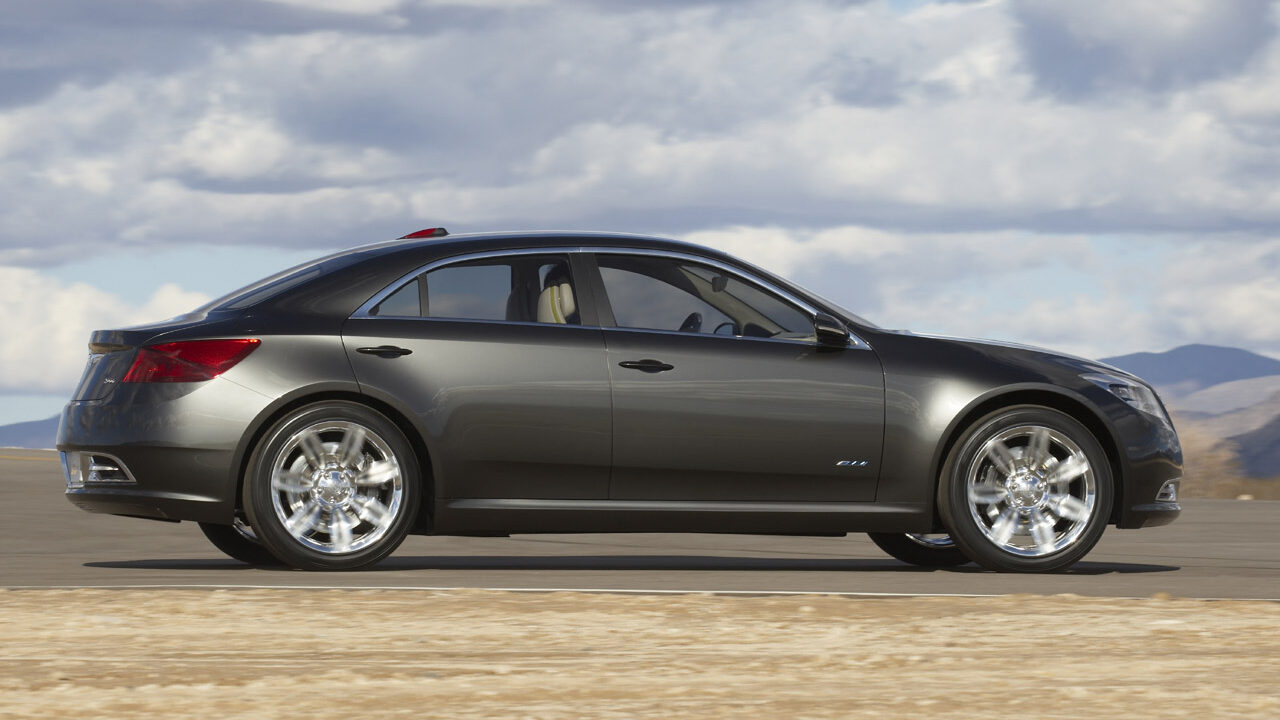
The Chrysler 200C EV Concept projected a confident stance and proportion with its optimized wheel-to-body relationship. The clean body-side and restrained line worked to communicate an elegant look achieved only when the “less is more” rule of modern design is followed. Simple, modern details such as aerodynamic mirrors and door handles continue the marriage of form and function.
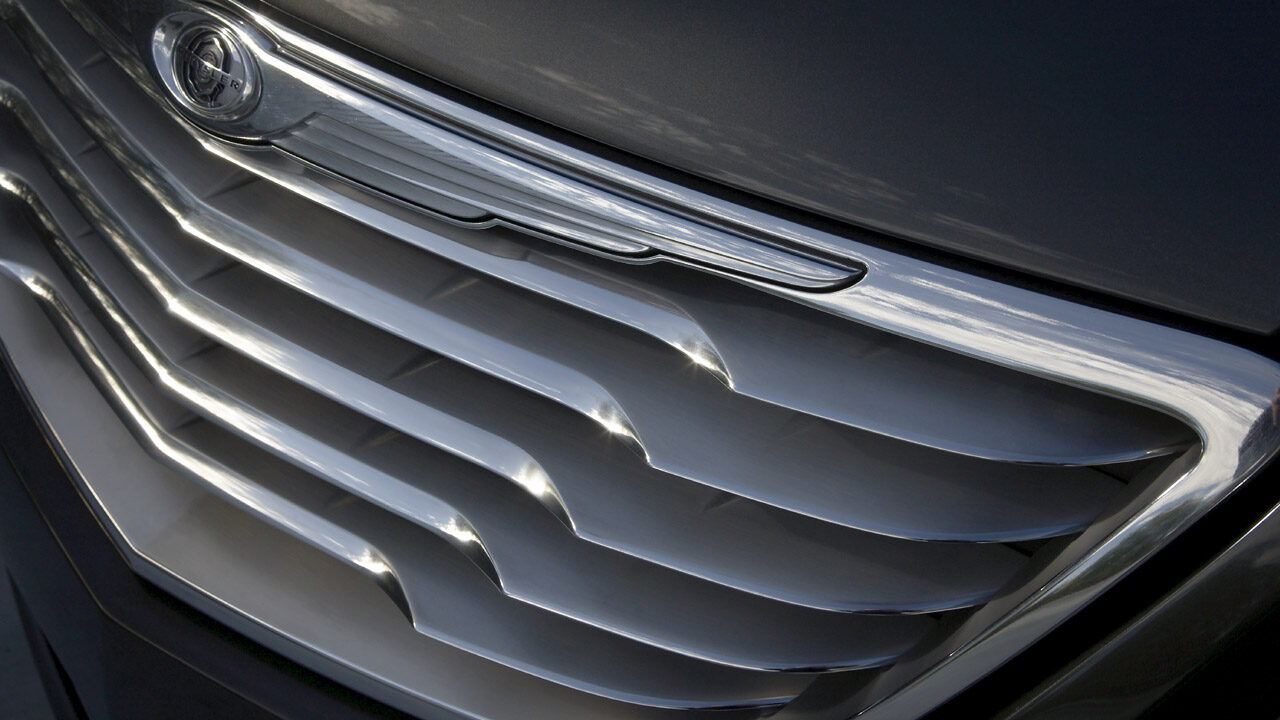
The eco-friendly, water-based Liquid Graphite Pearl exterior color of the Chrysler 200C EV Concept was a luminous, dark gray, which conveyed a serious and sophisticated attitude. The windows were tinted in a Warm Bronze, helping to reduce air-conditioning loads. They were surrounded by hand-crafted polished aluminum accent trim.

Maximizing interior comfort, utilizing space, and creating a connected environment were the key objectives in creating the interior of the Chrysler 200C EV. Natural, luxurious, organic materials and modern furniture design served as inspiration for the interior design team.
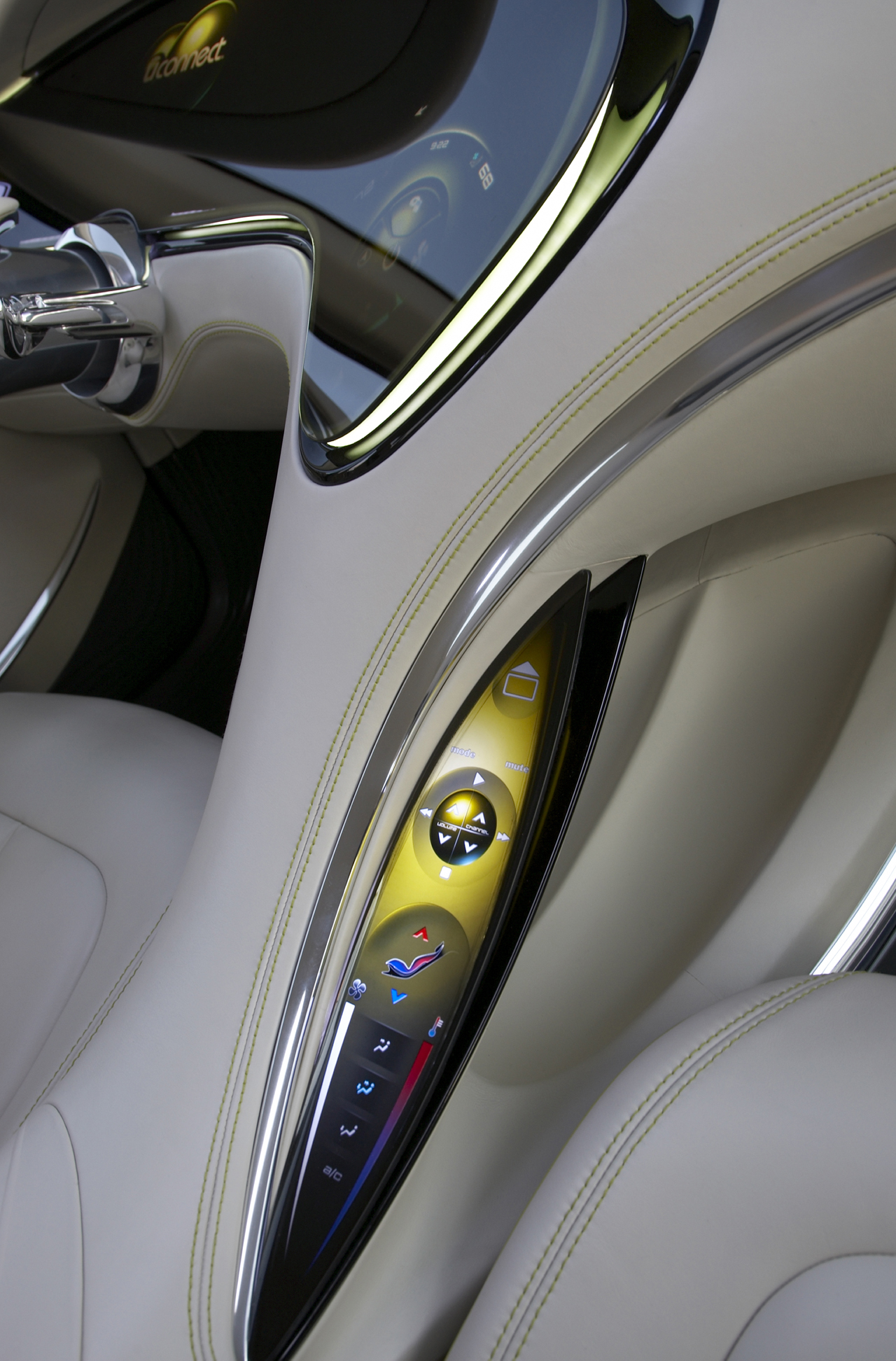
In contrast to the exterior color, the interior space is light and inviting. On the inside, Leaf Green LED lighting and stitching accentuate the organic, clean shape. A combination of Pearl, Graphite, and Leaf Green colors combine to create a warm and inviting interior cabin.
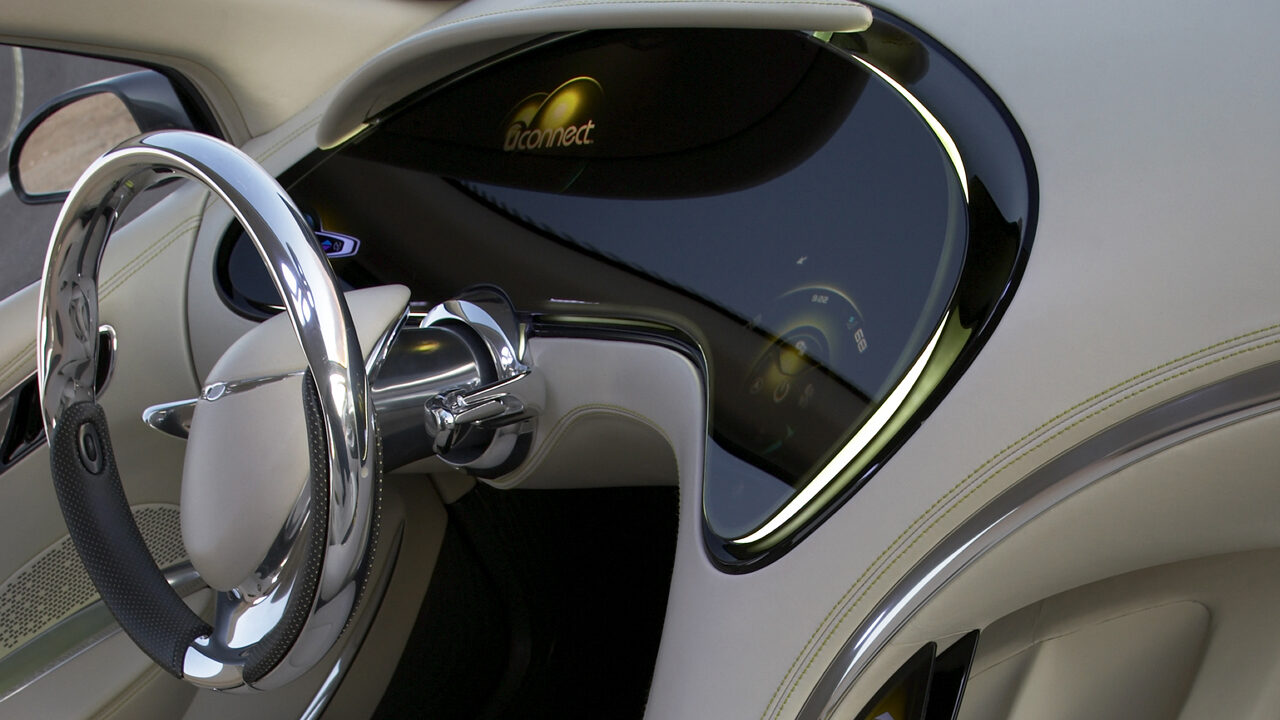
Immediately noticeable upon entry is the large screen located on the instrument panel. Starting the vehicle activates the electronic instrument panel that contains an advanced electronic vehicle information center, Chrysler’s Uconnect infotainment system, and a compound touch surface.
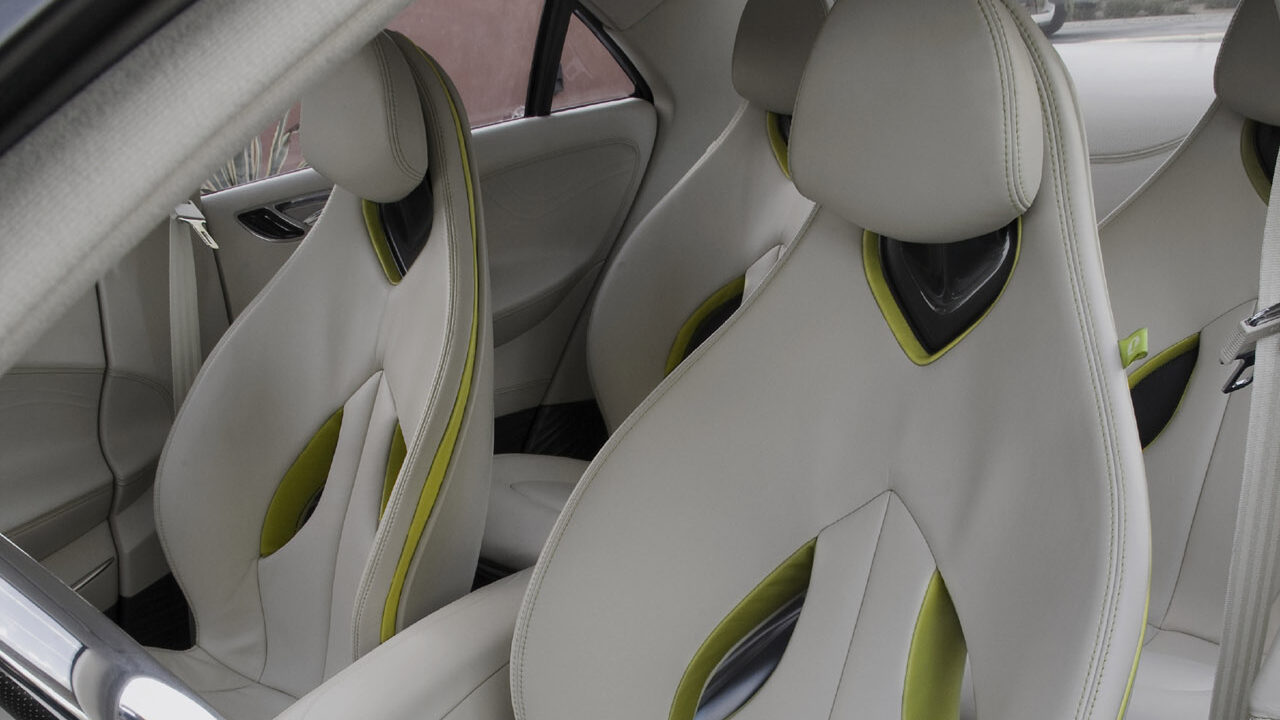
The compound touch surface was a touch screen that serves as the hub for the vehicle’s connectivity system – a system that offers endless avenues of communication and transforms the interior into a portal to the outside world. It could be personalized to suit different drivers or simplified based on preference (something we have gotten used to with the Uconnect systems today). Using touchscreens, the driver could be able to move images, select infotainment choices, and customize images, backgrounds, mood, volume, and lighting by simply touching the screen itself (again, technology highlighted in most of today’s vehicles).
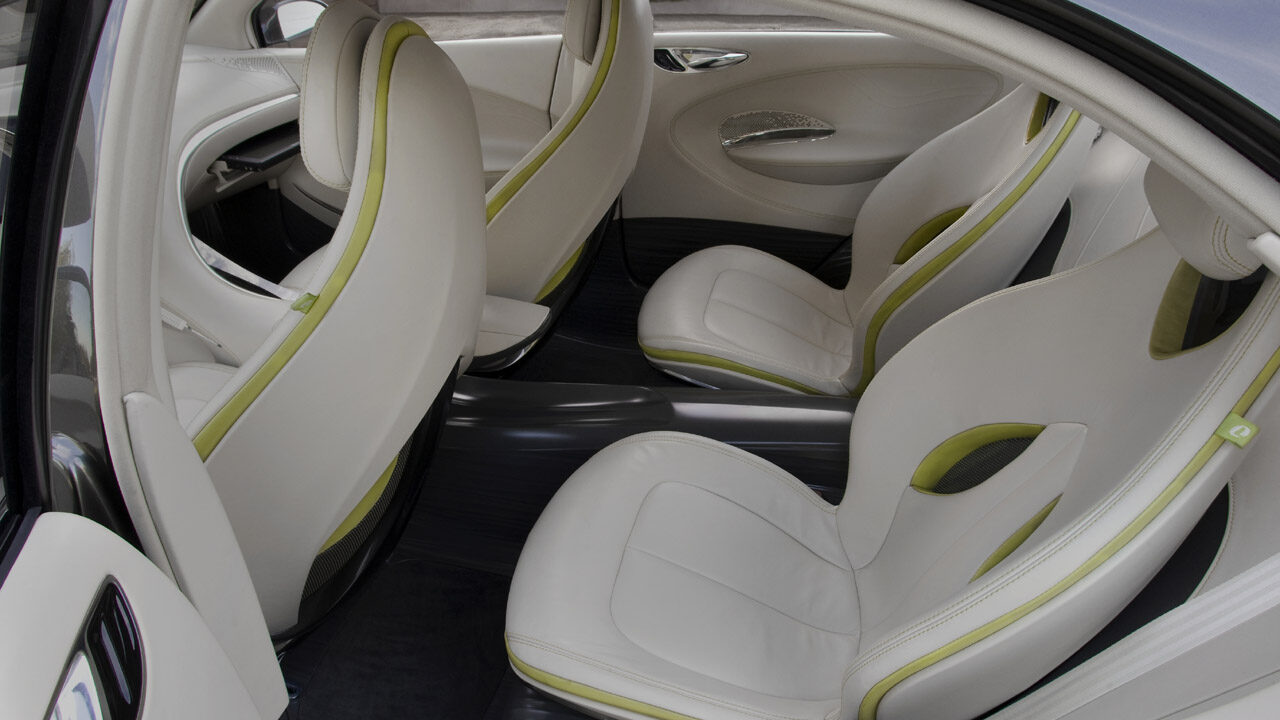
The emphasis on open space was the hallmark of the Chrysler 200C EV. An aluminum appliqué dramatically swept from the center console, across the instrument panel, and onto the passenger’s door. The first-row compartment strayed from traditional 50/50 seating and was cleverly designed to give the perception of a more spacious 60/60 seating space. The driver and passenger seats, thin in design with a focus on spinal support, were covered in Pearl chromium-free leather and trimmed with Leaf Green stitching, giving the interior a sporty and luxurious look. All four bucket seats could be heated or cooled with individual temperature controls.
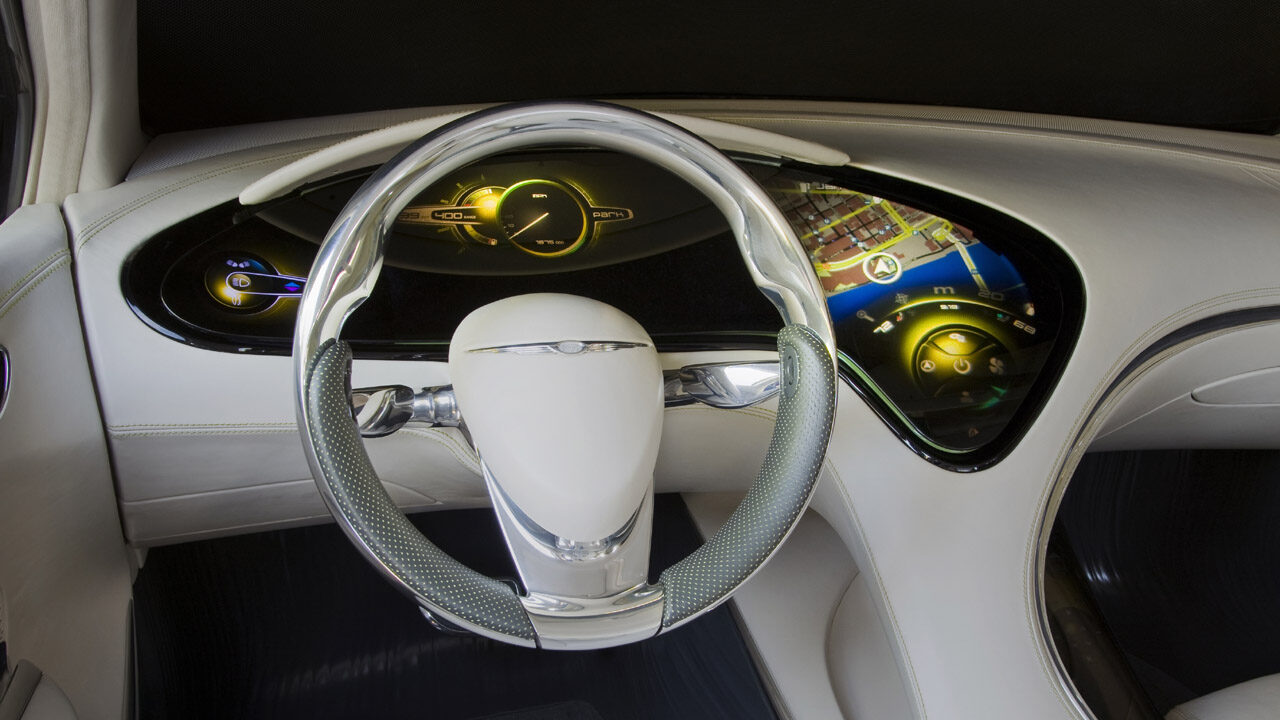
The first-row passenger had access to a techno-leaf that houses personal climate controls and an infotainment system. A simple touch to the smooth glass surface deployed a personal touchscreen computer from the glove box (something we now have placed in the dash of the new Wagoneer and Grand Cherokee models). Users could surf the Internet, scroll through their personal media library, schedule vehicle maintenance, or send directions to the driver. The compartment located below the techno-leaf was a charging station for personal mobile devices. Electronic devices could be charged by a wireless charging pad, something very futuristic in the late-2000s. Rear passengers could also access a similar charging compartment under the cantilevered front-console armrest.
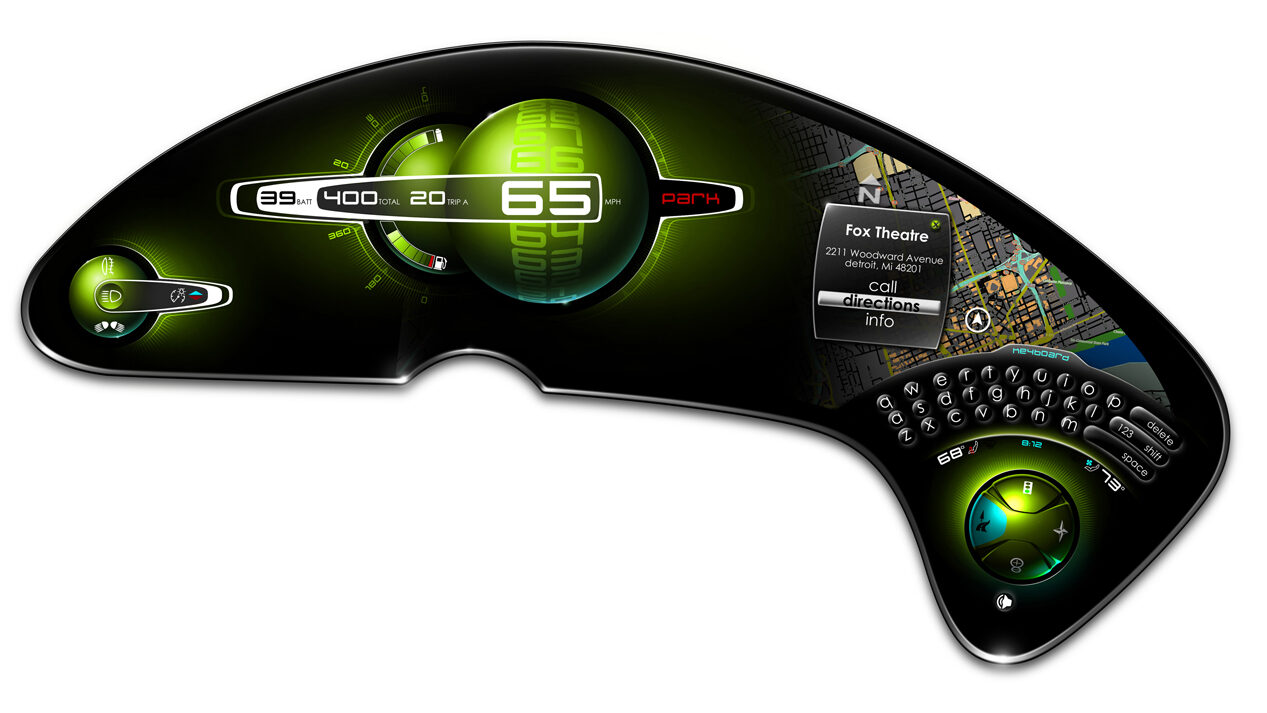
The thick-rimmed, one-spoke steering wheel was trimmed in two types of leather. The top of the steering wheel was wrapped in Pearl leather and the lower was covered in Graphite leather accented with Leaf Green perforations. The steering column and stalks were milled from aluminum for a precise, technical feel. Drivers could move the transmission into drive positions via the right stalk. The horn pad was draped in Pearl leather with Leaf Green stitching and was dramatically swept back and emboldened with the redesigned Chrysler winged badge.
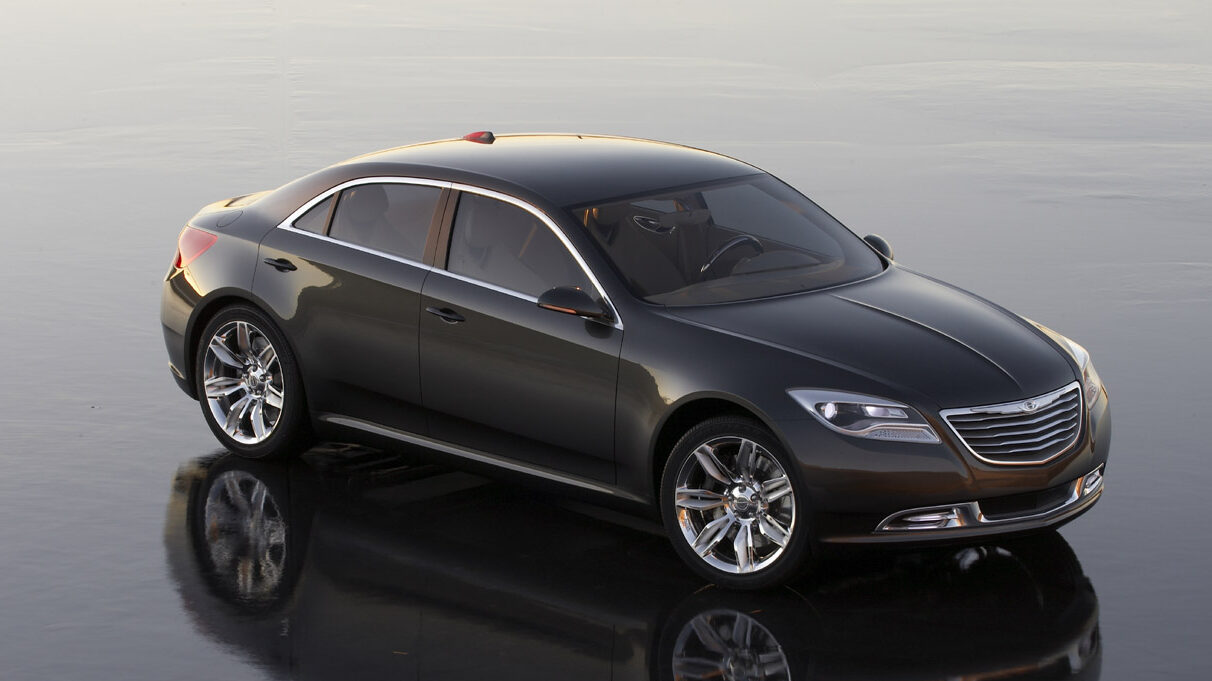
Climate controls for the Chrysler 200C EV could be utilized indirectly or directly. Indirectly, air could flow through the cabin via a metal-mesh outlet located near the windshield. Air could be pointed onto occupants through an illuminated metal-mesh bezel that surrounded the driver screen and passenger outboard vents.
The Interior doors on the Chrysler 200C EV were two-tone. The top half of the door was trimmed in Pearl leather with Leaf Green stitching and polished aluminum accents; the lower half was an extension of the flooring.
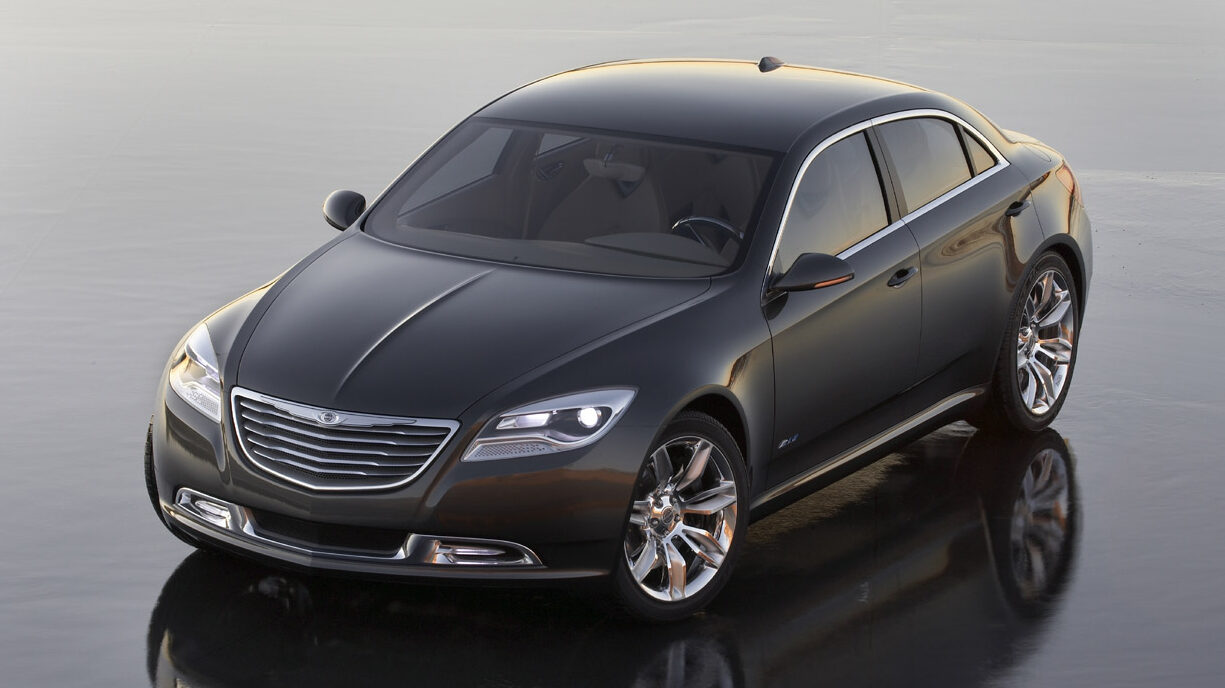
The concept vehicle flooring was inspired by a Zen rock garden. Gentle Graphite waves flowed from the floor, across the sides of the center console, and undulate onto the doors. Removable carpeted floor mats were practical and sustainable as they were composed of recycled nylon.
Additional storage could be found in the trunk of the vehicle, which contained a load floor made from recycled leather.
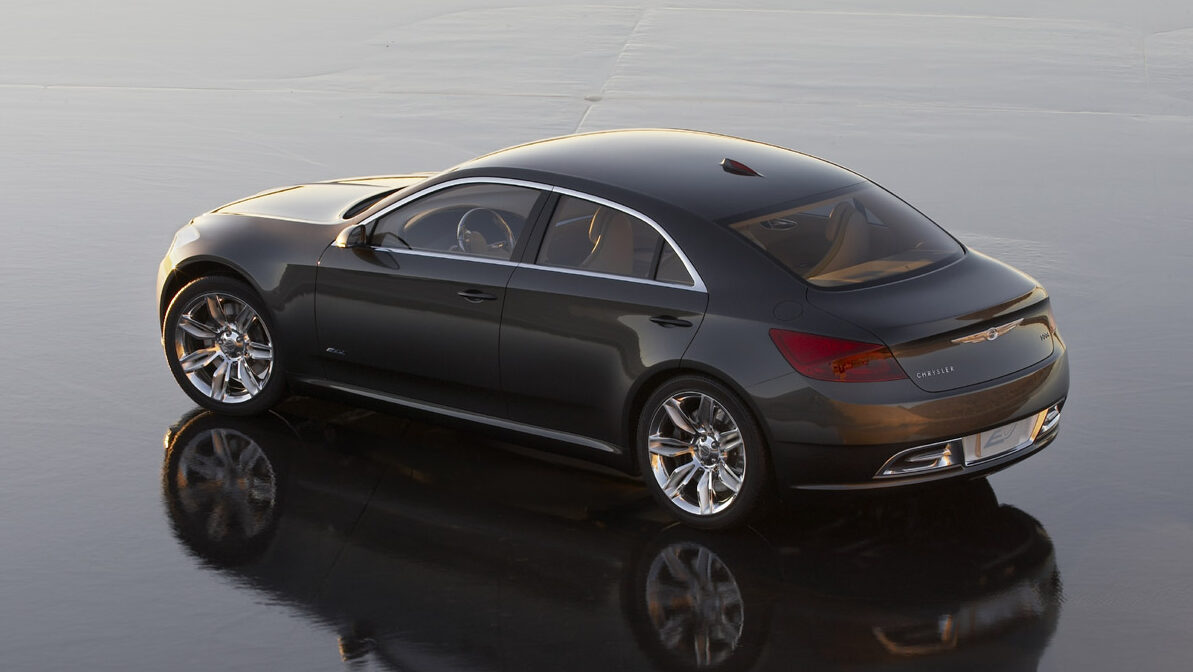
Utilizing ENVI’s range-extended electric vehicle technology, the Chrysler 200C EV Concept boasted clean, quiet elegance and seamless acceleration, underscoring the engaging driving experience of the Chrysler brand.
Capable of driving up to 40 miles (approximately 64 kilometers) on battery-only power – using zero gasoline and producing zero tailpipe emissions – the 200C EV used a small gasoline engine and integrated electric generator that produced electricity to extend the driving range to 400 miles (approximately 644 kilometers). We believe we will see a system similar to this one, used on the upcoming 2024 Ram 1500 which they are calling a Range Electric Paradigm Breaker (REPB).
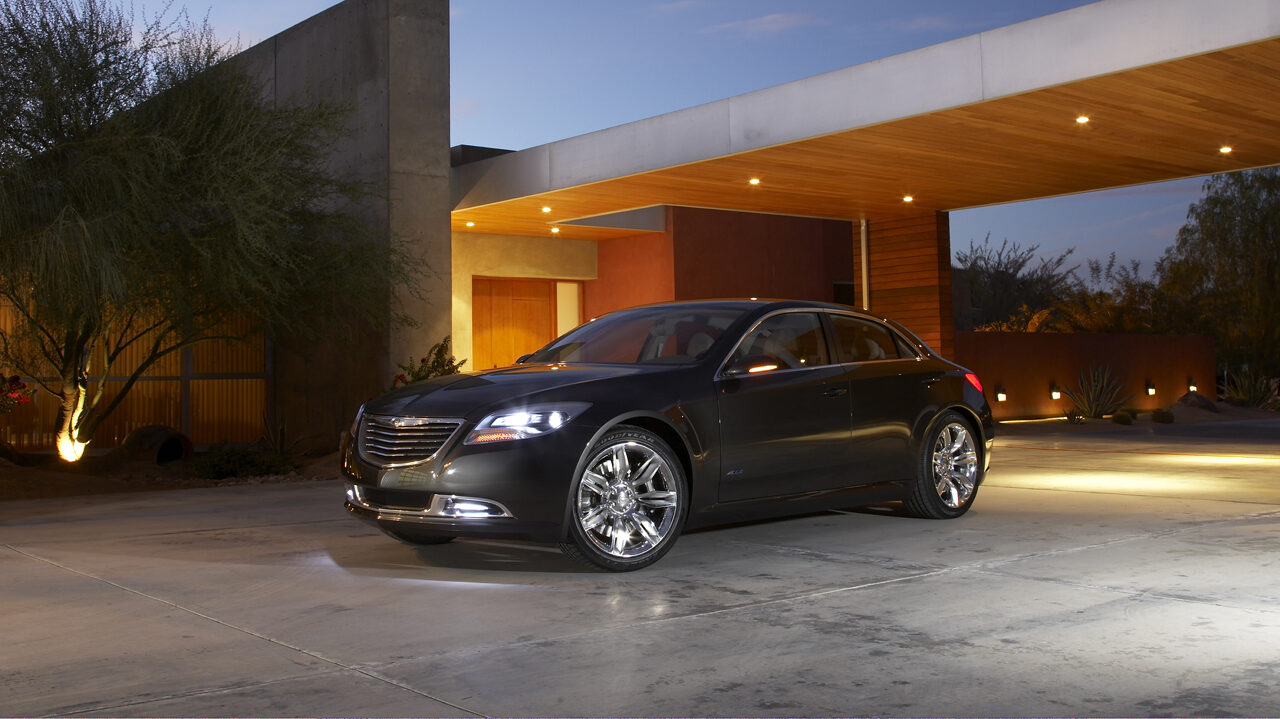
While not much was said about the powertrain in the 200C EV Concept. We know it featured rear-wheel drive and had a peak power of 268 horsepower (200 kW). The car has a continuous electric power of 74 horsepower (55 kW) and featured a Super Ultra Low Emission Vehicle (SULEV) rated gasoline engine and electric generation. The battery pack consisted of lithium-ion cells.
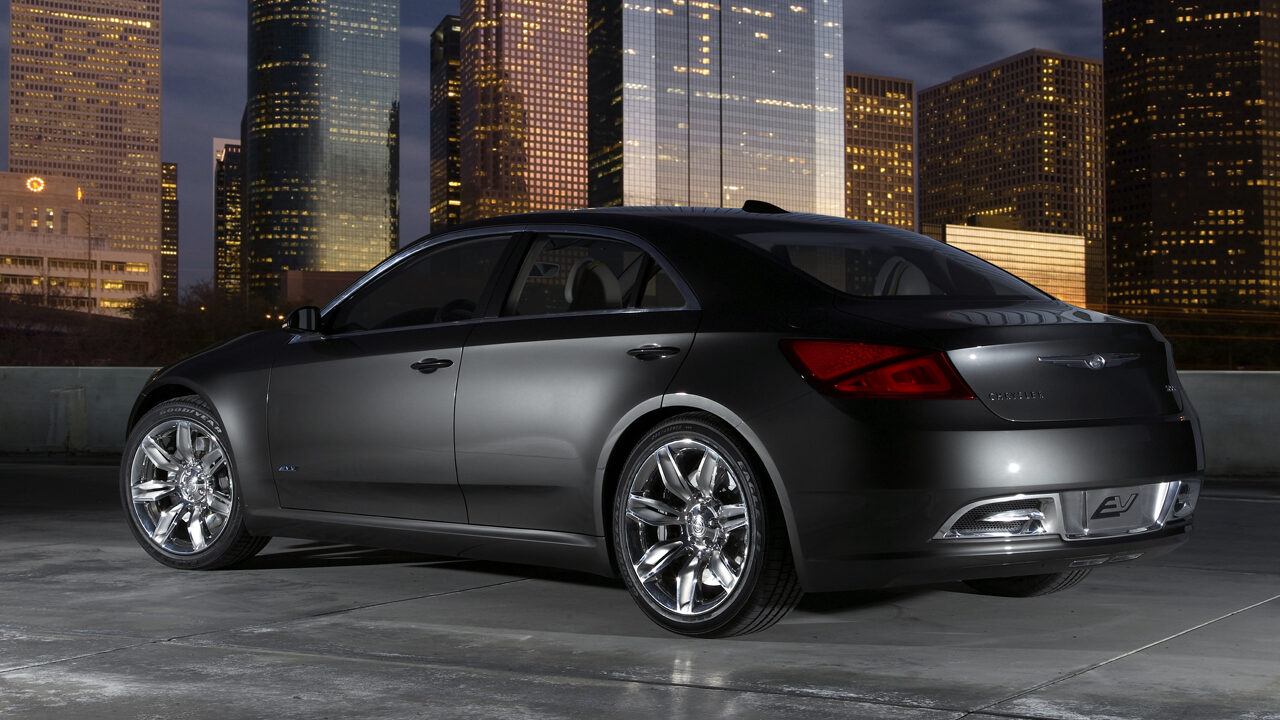
According to Chrysler, the 200C EV was capable of 0-60 mph (0-100 km/h) in about 7 seconds, with a standing 1/4-mile in the mid-14-second range, and a top speed restricted to 120 mph (approximately 193 km/h).
Sadly the car was never produced, we did get a 200C model eventually with the introduction of the Chrysler 200 (UF). However, as sedan sales declined, Chrysler canceled the car after three model years. While that 200 was more shaped like the rest of the midsized sedans of the 2010s, abandoning the beautiful design of the concept.
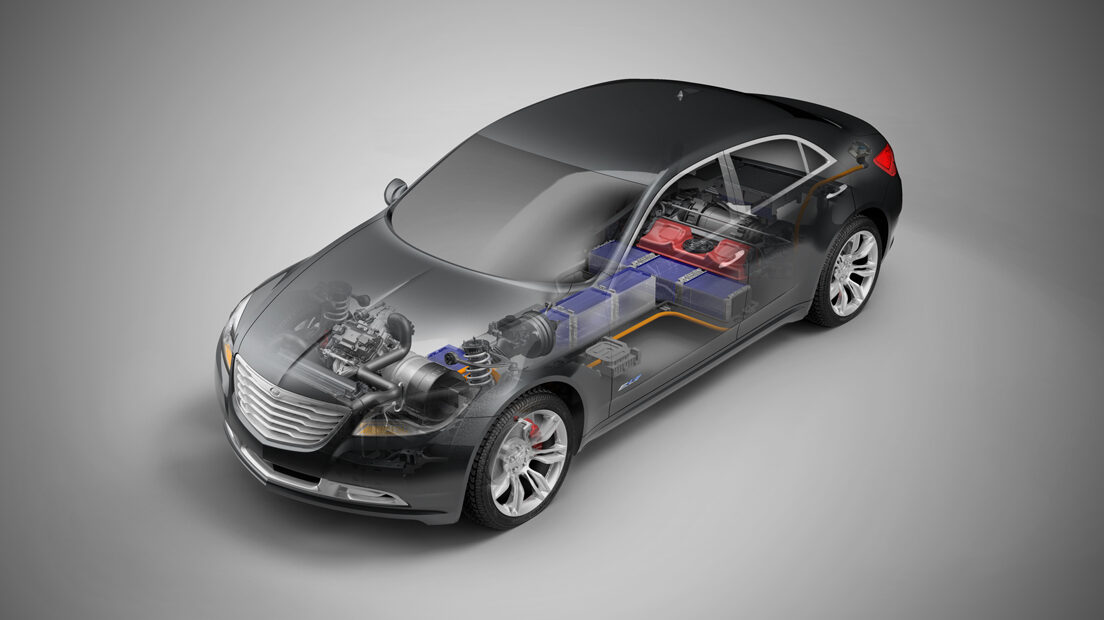
So, if you had your pick what would you choose? The Chrysler Airflow Concept or the Chrysler 200C EV Concept? Let us know your pick and why in the comments below, or in the MoparInsiders.com forums.
2009 Chrysler 200C EV Concept Image Gallery:

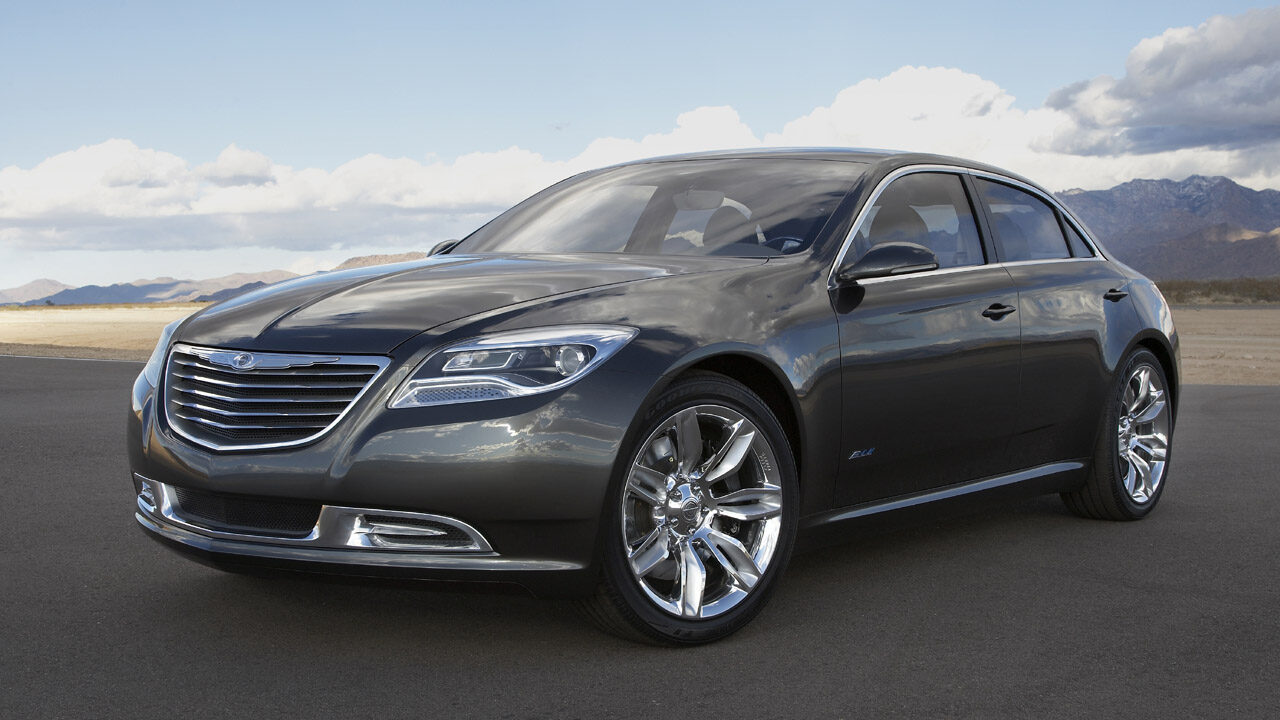
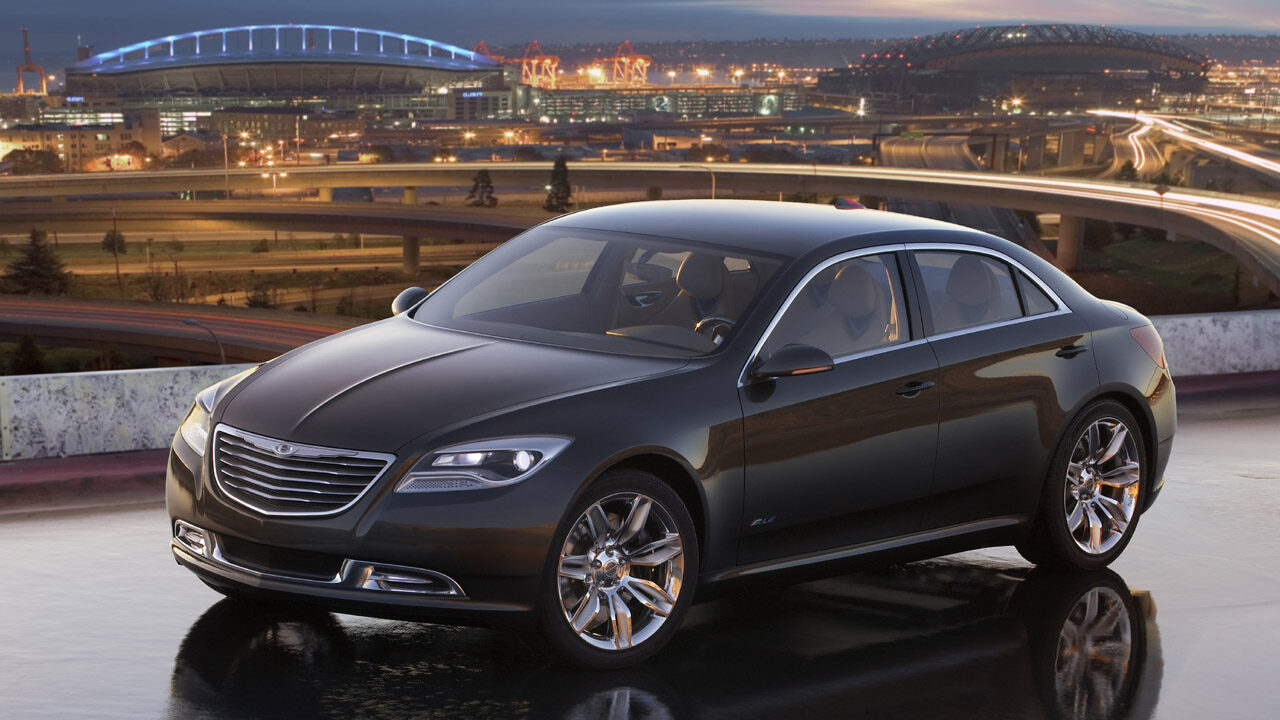
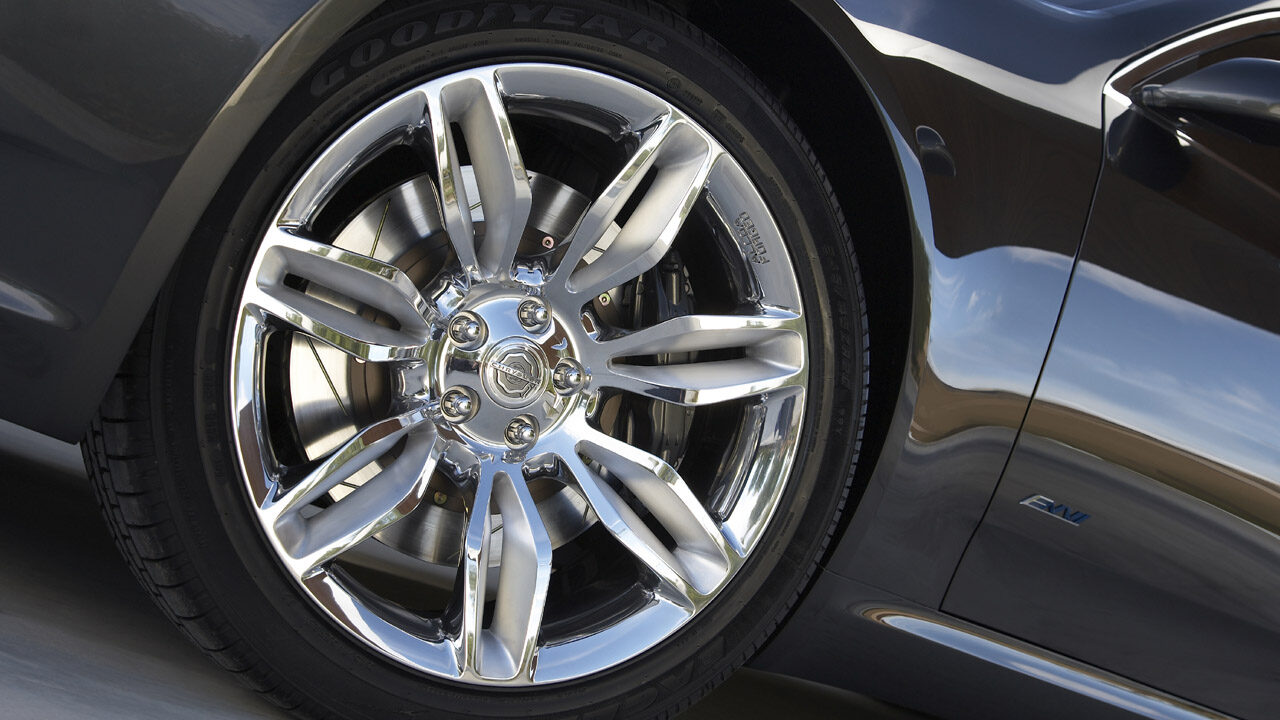
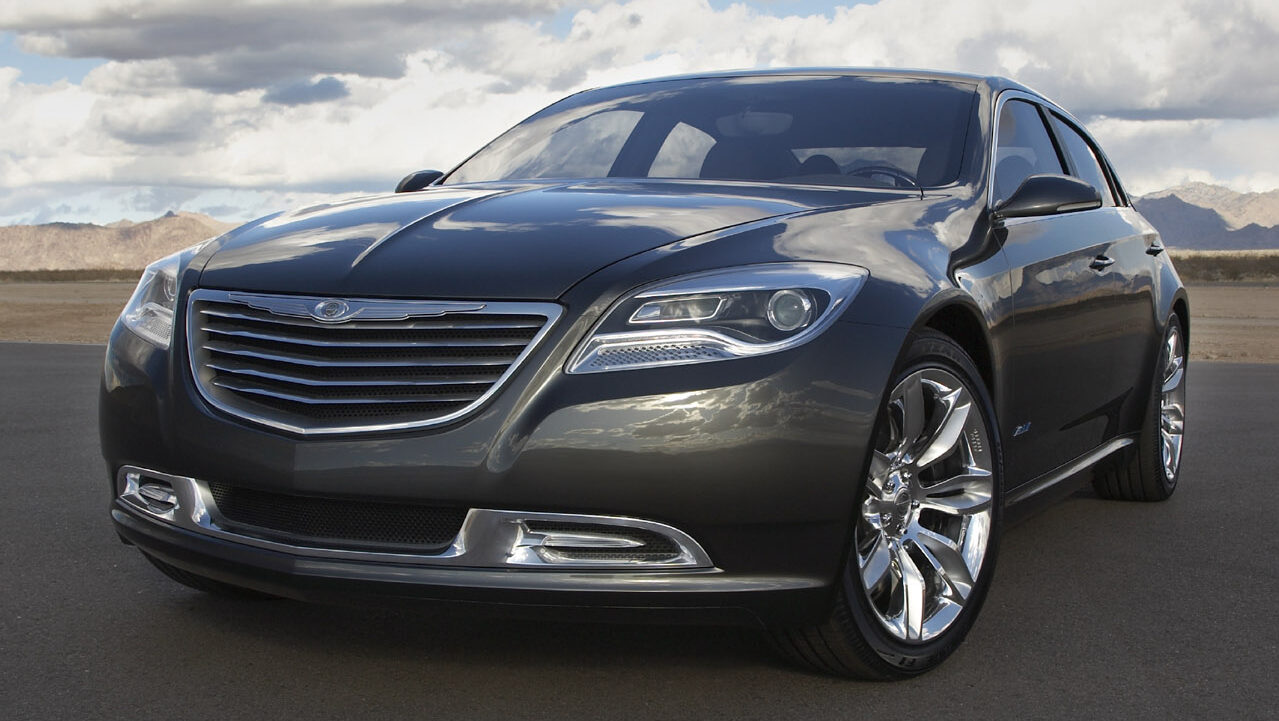
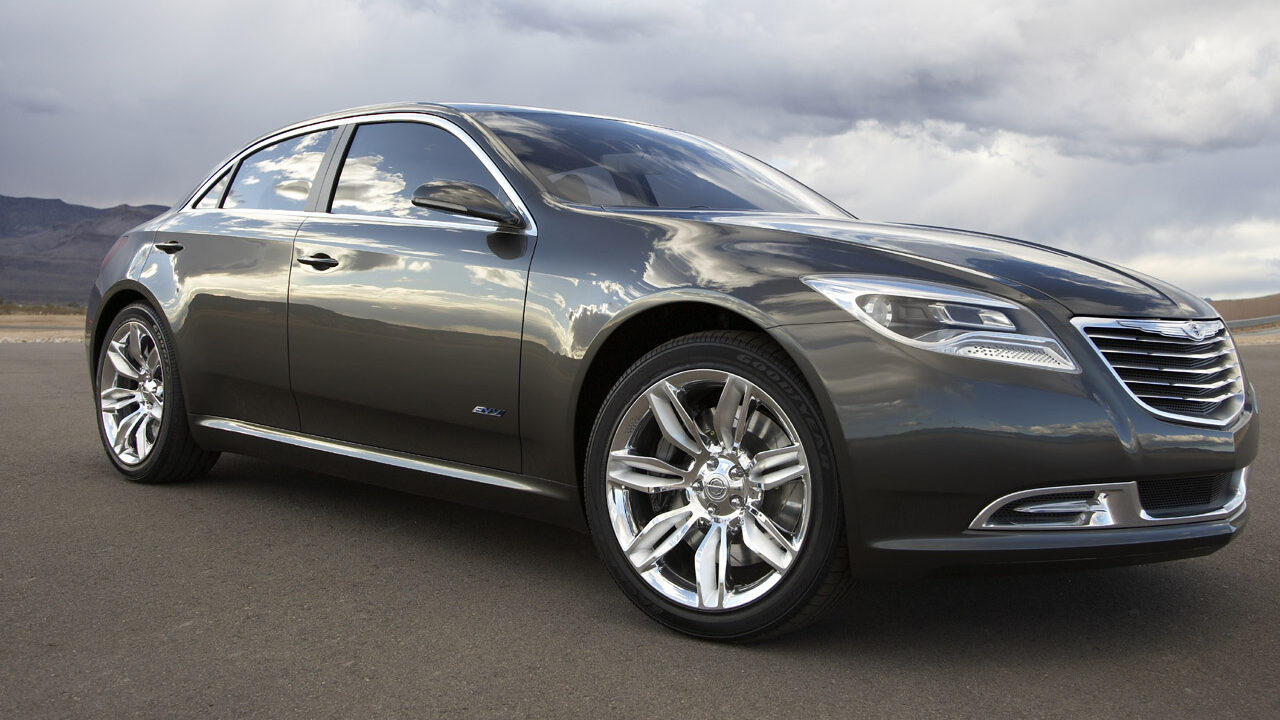

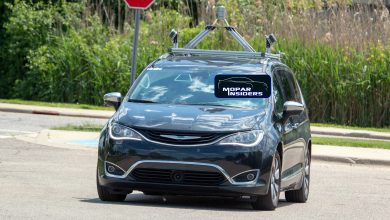
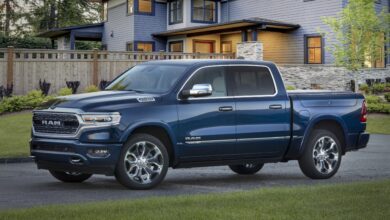
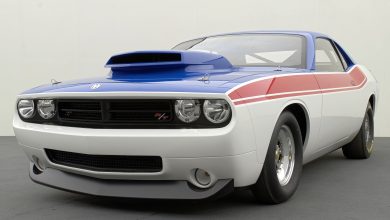
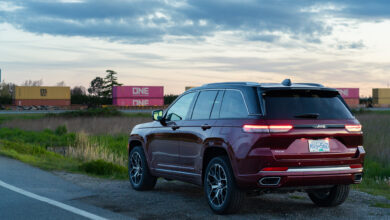

5 replies
Loading new replies...
Join the full discussion at the Mopar Insiders Forum →